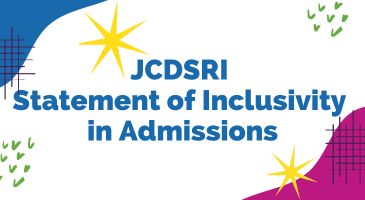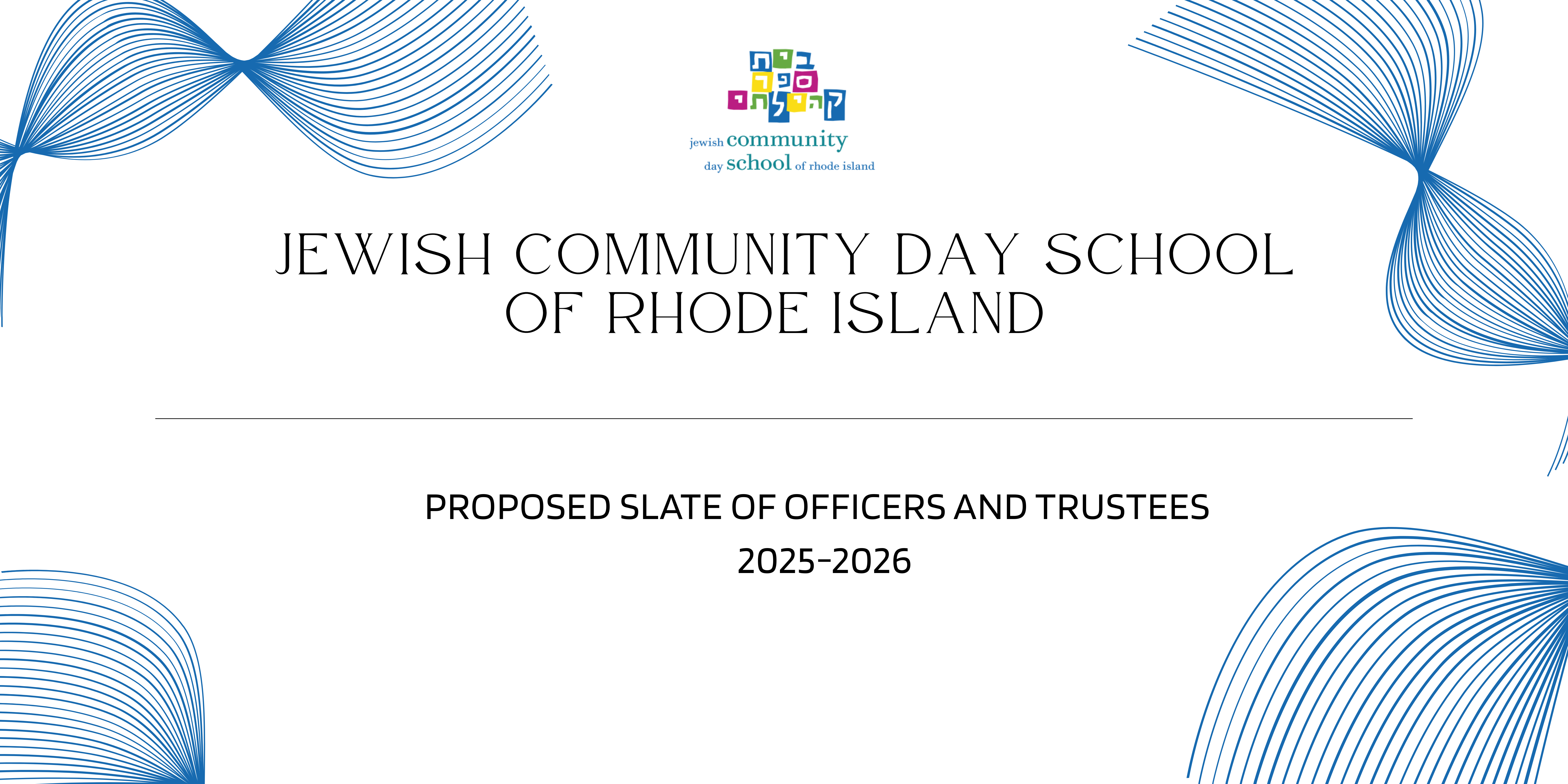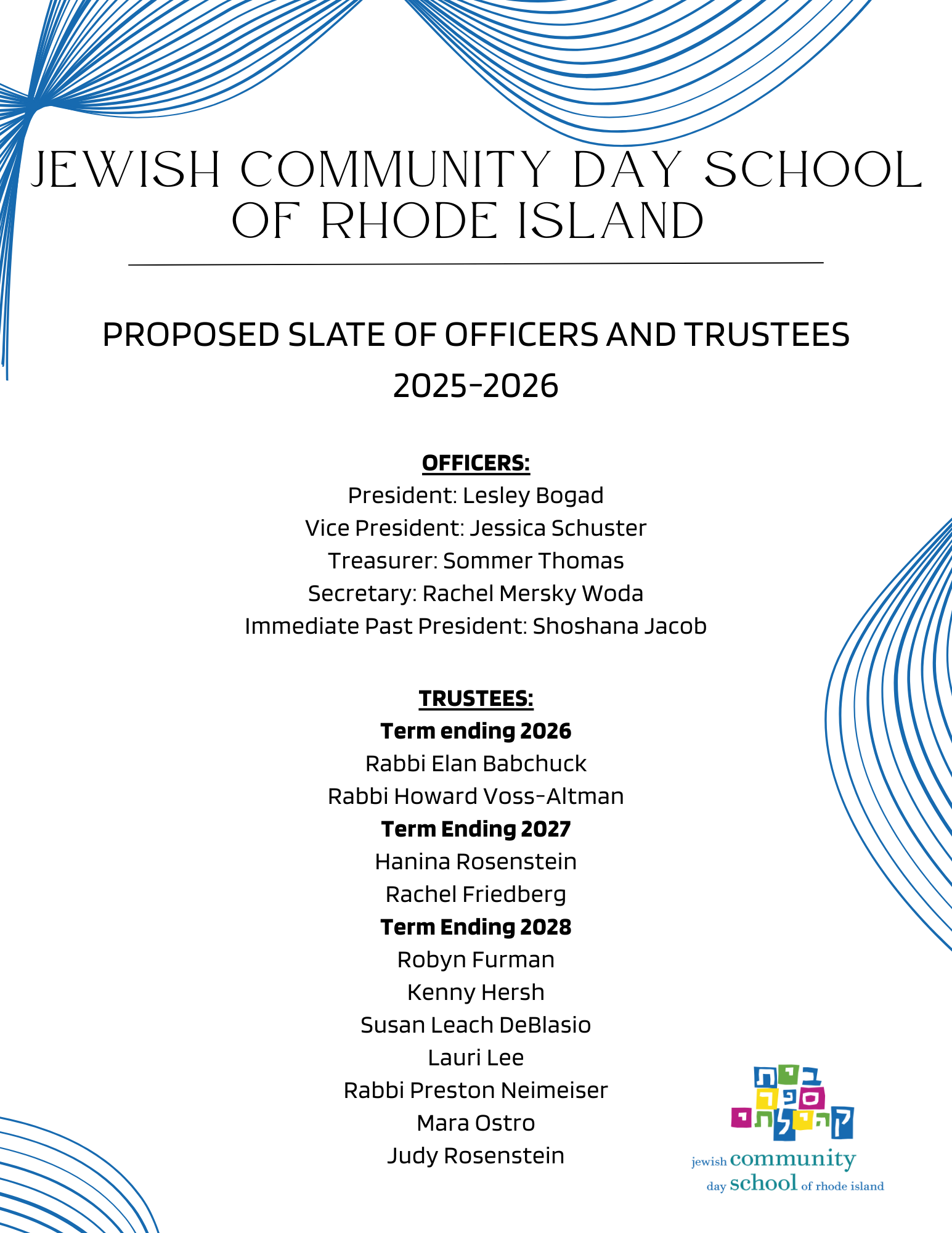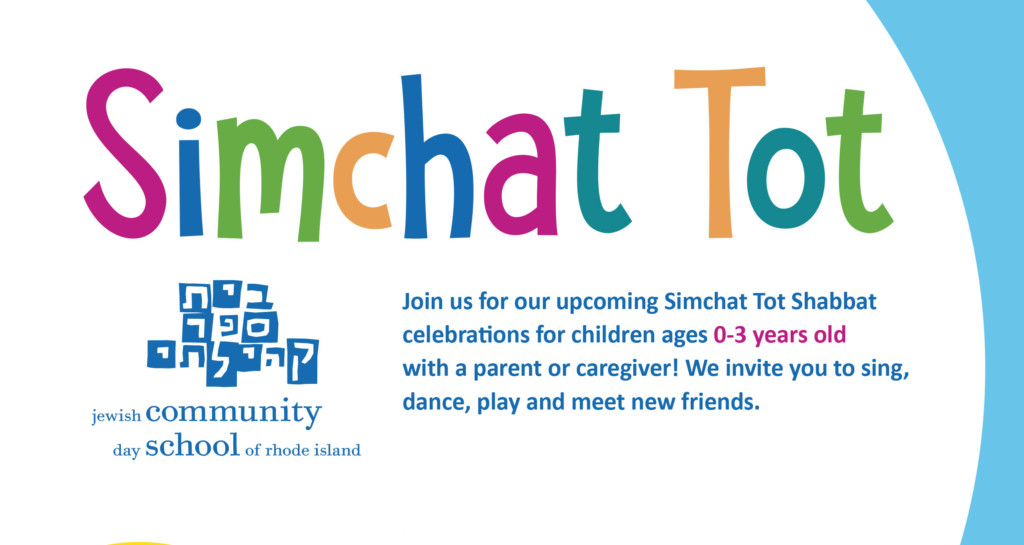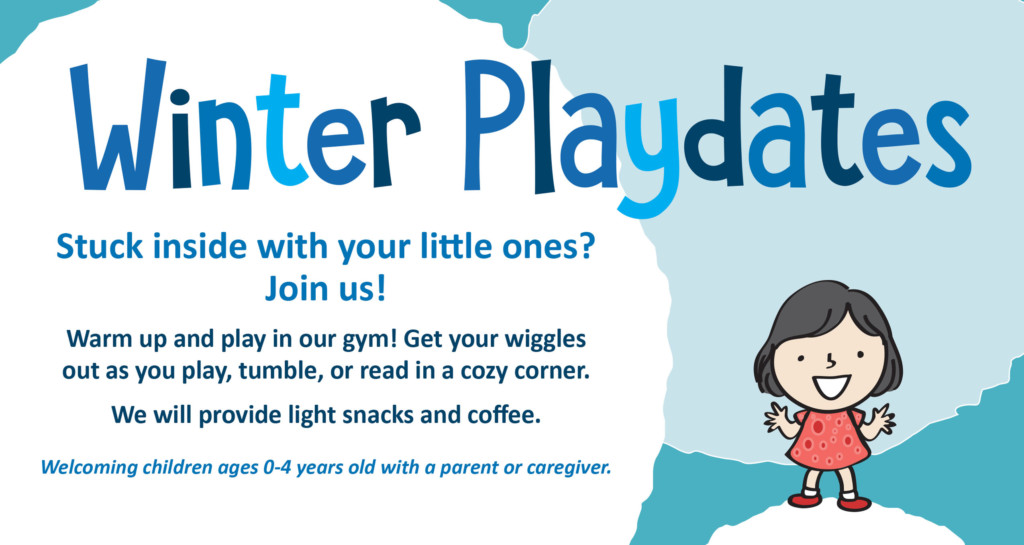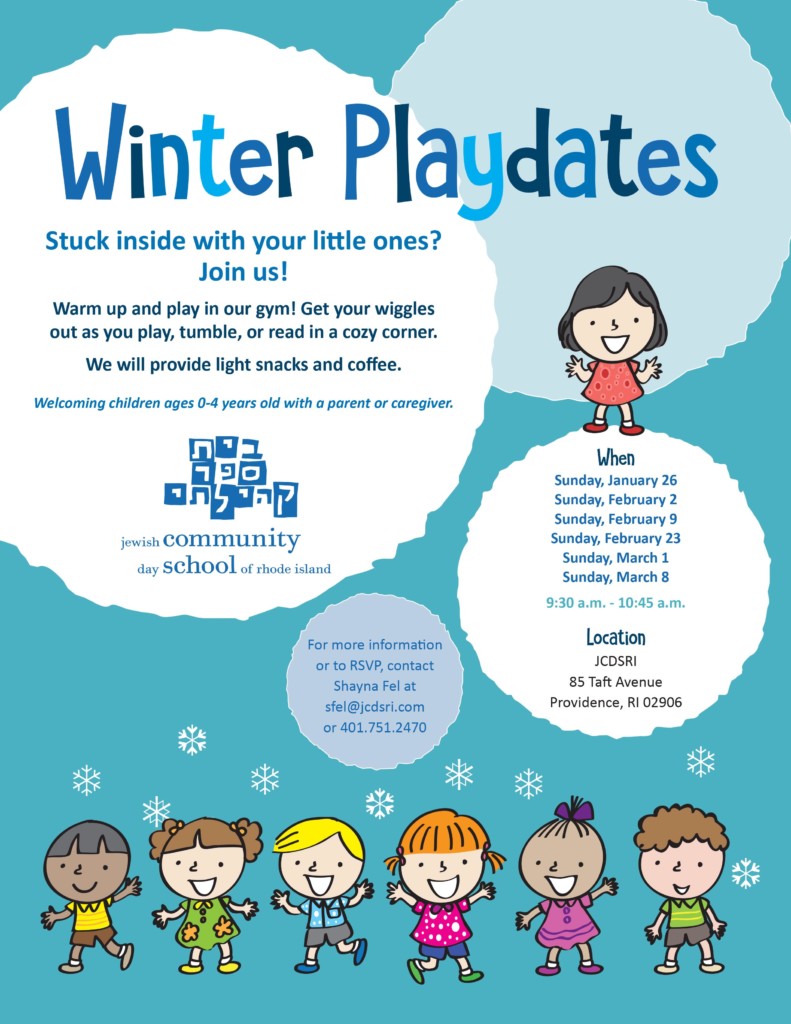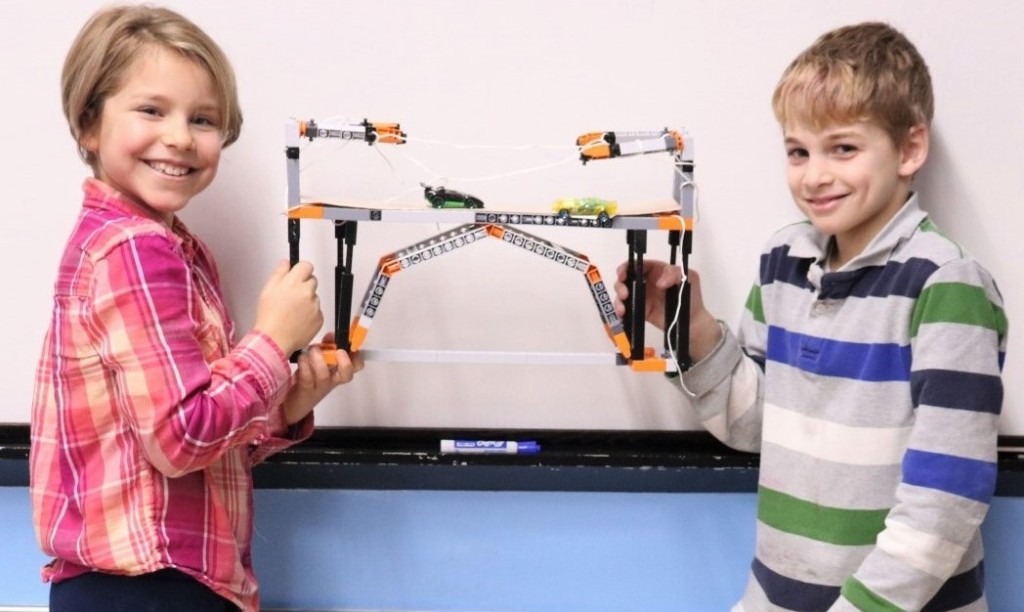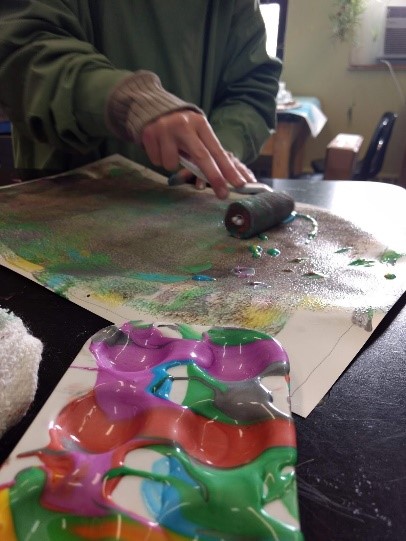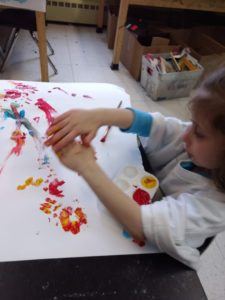 October 6, 2024
October 6, 2024
Positive Discipline encourages three core beliefs that we instill in our students:
“I am capable”
“I can contribute to our JCDSRI community in valuable ways”
“I can use my power to make choices that positively impact our community”.
At JCDSRI, we understand it is not the job of teachers to control students’ behavior, but rather to create a community where students feel a sense of belonging and are afforded opportunities to make mistakes and to learn and practice valuable social and life skills.
Prioritizing social emotional learning (SEL) and explicitly teaching students how to recognize their own feelings and those of others prepare our students to approach their relationships and their responsibilities with insight and empathy. At JCDSRI, students and teachers co-create classroom expectations and work together to uphold them, using age-appropriate communication skills, problem-solving skills and various techniques to identify, express, and manage feelings. Teachers set aside time each day to bring the class together as a community. During these meetings, students practice active listening, engage in problem solving, and learn to invite and appreciate different outlooks with an open mind.
Through the Weekly Buzz, I want to dive deeper and introduce you to the concept of the “Mistaken Goals” of Positive Discipline. Utilizing the framework of “Mistaken Goals” allows our teachers to think critically about the behavior that they are seeing in class. We want to understand what is truly being communicated so that we can help empower our students in our classrooms.
What are Mistaken Goals?
It is important to understand the four “mistaken goals” when understanding a child’s behavior; undue attention, revenge, misguided power, and assumed inadequacy. For example, everyone wants attention, right? It’s part of human nature. The fundamental human need to feel belonging and connection. The problem arises in classrooms when students seek attention in negative ways because of their mistaken beliefs about how to gain a sense of belonging. The Mistaken Goal of Undue Attention occurs when students have the belief that, “I’m okay only if I get attention.”
On the Mistaken Goal Chart, we point out that it is your feelings (second column) that give you the first clue to understanding the “mistaken goal”. Many teachers and parents ask, “Why do my feelings help me understand the child’s mistaken goal?” It is because your feelings indicate your “reaction” to the misbehavior. When you respond to a student’s behavior by feeling irritated, annoyed, worried, or guilty, it is likely that his or her mistaken goal is Undue Attention.
Understanding the purpose behind the student’s misbehavior can help you find the most effective tool. For example, since the coded message of undue attention seeking is “notice me and involve me usefully,” involving the student in class jobs or leading a prayer, a child might feel a greater sense of belonging and connection, and as a result decrease negative attention seeking behavior.
At JCDSRI we are proud as we continue to scaffold and practice developmentally appropriate methods in teaching about Mistaken Goals. By teaching our students to be independent and capable problem solvers, we enable them to use their personal power constructively. We believe it is our responsibility to help them learn to use their gifts in ways that contribute to their families, their communities, and to the world. Families of our graduates often return to share how the kindness, compassion, and emotional intelligence that was fostered at JCDSRI dramatically impacted their children’s academic and social success in middle school and beyond.

